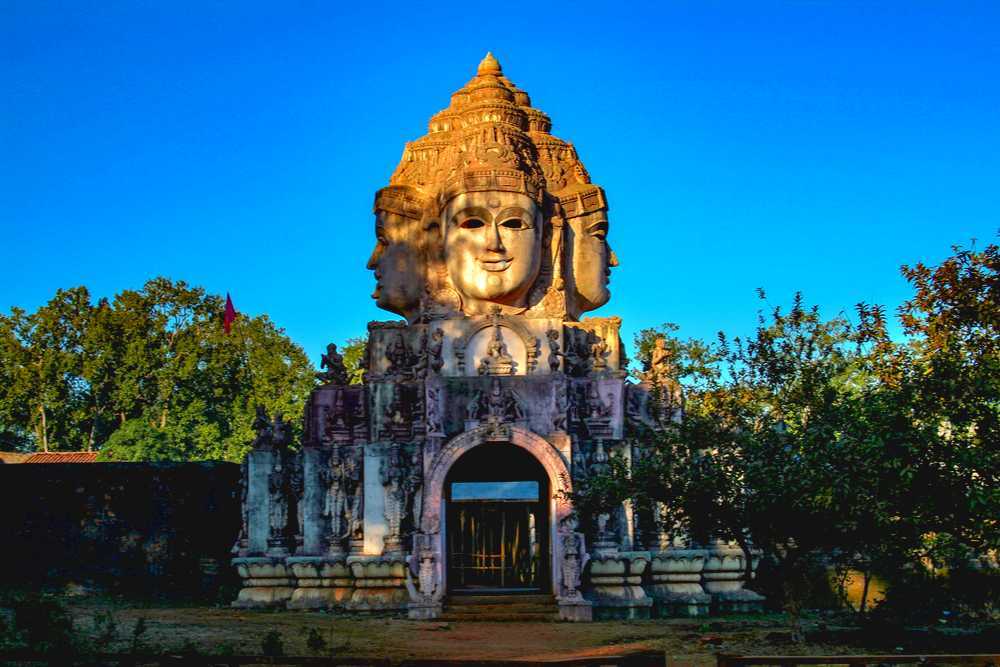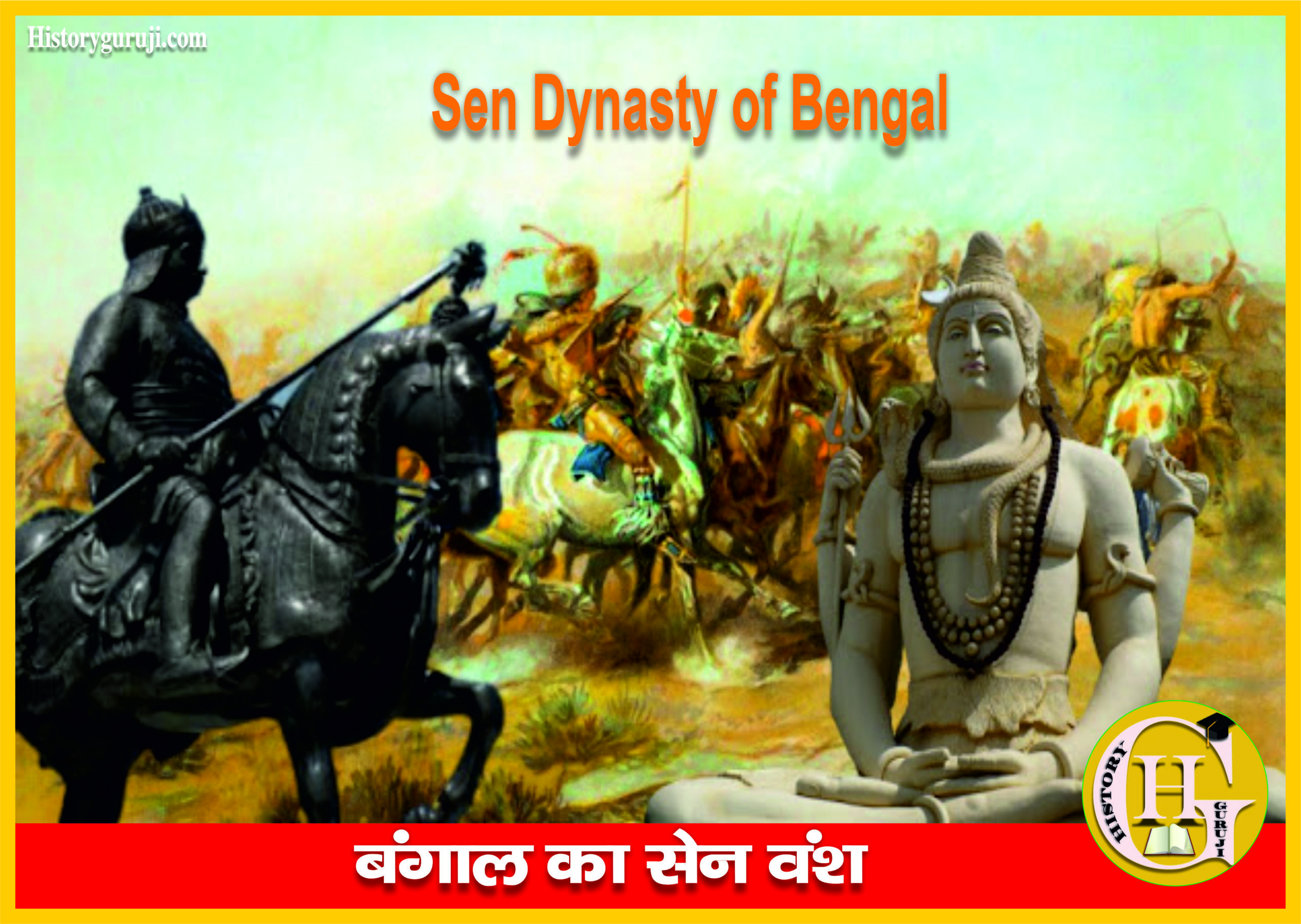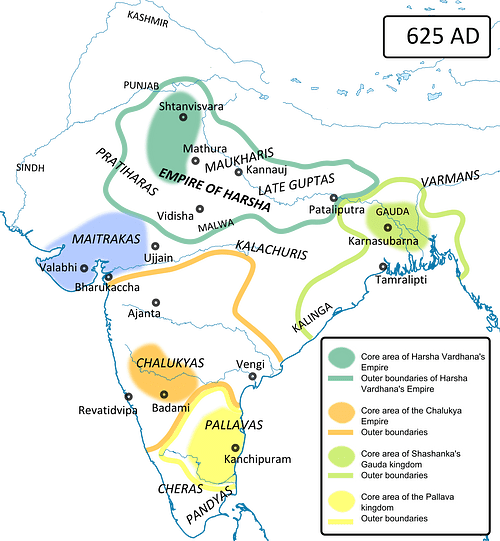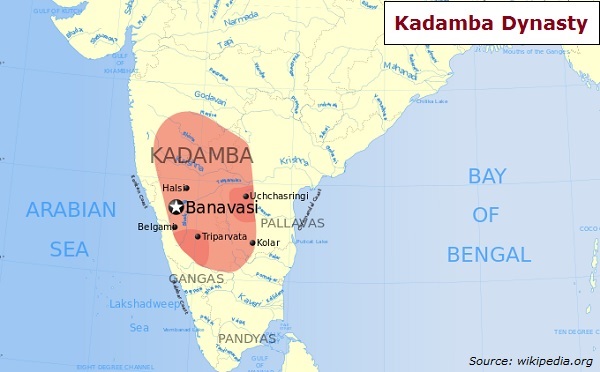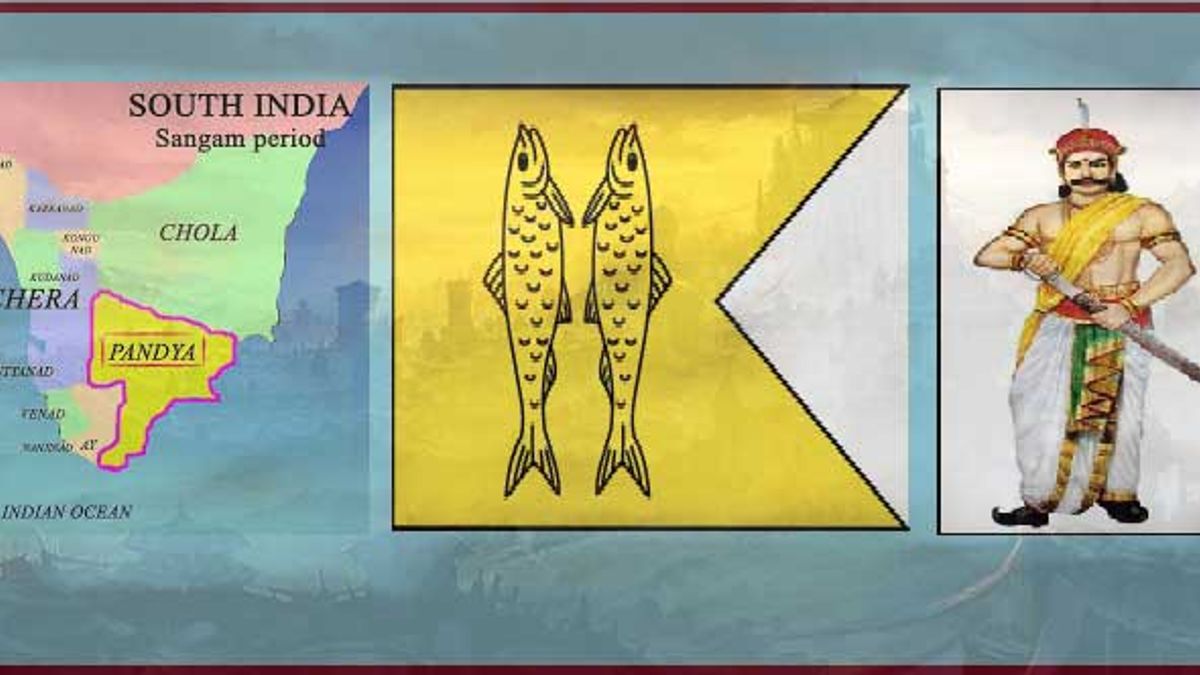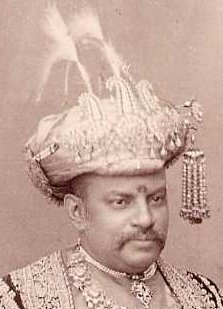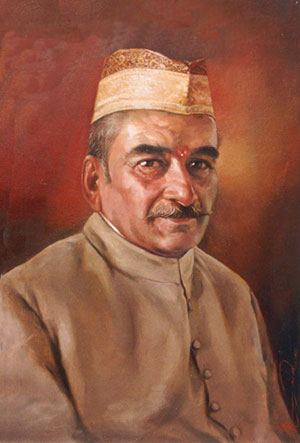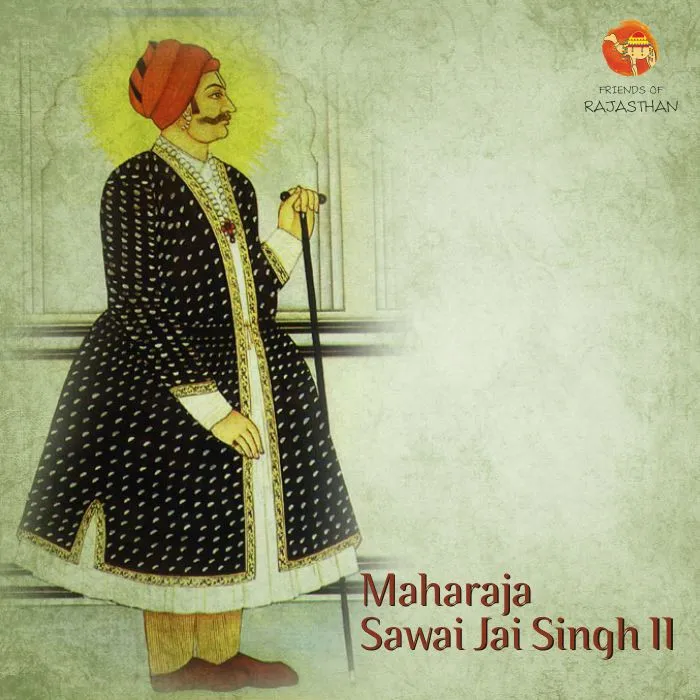Chola
The Cholas were an ancient political power, mentioned in the Asokan epigraphs and the Sangam literature. Karikala Chola was the earliest well-known ruler of the earliest Chola line.
Urayur was their capital. Once again, the later Cholas again rose to the imperial position during the period AD 850 to 1200 after they successfully conquered from one of their vassal states in Andhra Pradesh.
The probable Haplogroup is within H-M3038/H-M5882 part of H-M82 due to heavy presence among Vellalars who were primarily the Chola nobility. This haplogroup is also present among some Brahmins, in Bangaldesh, in Koli tribals in UP, among some Yadavs in UP, among some Jains in Gujarat, among Kunbi or Koli Marathas too. So it was probably a widely spread Koli people haplogroup from which Cholas would have emerged as a Kingdom in later IA. Even in Gujarat there are many Koli zamindaris and in Maharasthra the Kolis have merged into the mainstream Kunbi & Marathas.
There is some kind of signal of ancient Uyghur like among Koli population of UP. this might be later Chalcolithic or EBA era spread of new group among Indians, which would have resulted in spread of Koli people in main centers of civilization in India. This event would probably provided impetus to ancient Chola kingdom in Tamil Nadu and possibly in Maharashtra, UP and Gujarat too. Whereas the long lasting Cholas survived in Tamil Nadu until Medieval times but in other places restricted to smaller fiefdoms.
figure: The H-M3038 tree from y-dna root
The Later Cholas who repopulated TN from South Andhra Pradesh probably also had some J2b2 branch of J-Z2432 which was widely spread in Andhra Pradesh (5% population) by then. Other similar groups in TN don't show such recent clusters of J2b2 within their castes. There might have been genetic founder effect from the time of Later Cholas among these J2b2 y-dna Vellalars.
figure: The J2b2 J-Z2432 tree from y-dna root
Haihaya and Chandel
The central Indian dynasties of Kalachuri Haihayas and Chandel might be of same stock. Haihayas are mentioned in Puranas as one of the oldest dating to Ramayana times (Chalcolithic and EBA).
The presence of H-Z5890 among some of these groups and R2a from later IA mixing might indicate, the Haplogroups might be H-Z5890, R1a (co-occurring) and R2a (later IA input). The heavy presence of H-Z5890 among Kannada/Telugus fighting castes is due to possible Haihaya input and among seafaring classes in Srilanka and coastal TN and Bangladesh might indicate early trade routes of these warlords. The small but significant presence among foreign groups in Arabia, Israel, Thailand, Turkey might indicate successful ancient seafaring activity. The current distribution shows big clusters present in coastal TN, Karnataka, Srilanka, Andhra, Kerala, Bangladesh, Gujarat, Punjab, UP, Jharkand, Thailand, Arabs, Levi Israelites, Turkish etc... The estimated population of this specific subclade might be 20M or more.
"The Puranas refer to Arjuna of the Haihaya tribe as Sahasrabahu or the “thousand armed,” from which we may infer that what is meant was perhaps his fleet of a thousand ships. The Bhrigus, who formed a tribe contemporaneous with the Haihayas, are claimed to have been sea-farers of repute who had maritime intercourse with the Western world. The Atris, another contemporary clan credited with the knowledge of shipbuilding, are said to have built Sahasrabāhu’s fleet of thousand ships, or perhaps a ship with thousand oars. The Mārkandeya Purāna refers to seagoing vessels and the Varāha Purāna speaks of people sailing out to sea for getting pearls and oysters. In the epics, too, we have numerous passages which allude to the knowledge of countries overseas. In the Rāmāyaņa, one finds ślokas which mention several countries abroad, taken to be references to places such as China, Java and Sumatra"
figure: The H-M5890 tree from y-dna root
The later dynasties such as Kachhwaha which originated during this time from the remains of the Haihaya and the Chandel dynasties has R1a-Z93 as reported Haplogroup. This R1a-Z93 is a widely distributed haplogroup since IA and found in many castes and tribals, some of the high population castes such as Chamars, Pasi etc.. have high percent of this y-dna. Testing more people should show more clades of R2a and H-M82.
Coin of Krishna Raja of Kalachuri dynasty 550-575 CE with Nandi Bull and Brahmi script
Chedi
Probably similar composition of Haihayas and Chandels
Karnata dynasties of Nepal and Bengal
The Karnata dynasties of Nepal and Sena dynasty of Bengal might have had H-M5889 H-M5890 and R1a due to presence of these among the Senguptas and groups in Karnataka.
Agrasen
Maharaja Agrasen was a Suryavanshi King (of the solar lineage), who ruled during the Dwapar Yuga, which according to the current times would be approximately more than 5000 years ago. He was the first born of King Ballabha of Pratapnagar and was supposed to have been married to Princess Madhavi who was a Nagvanshi (the Naaga clan). He later divided his kingdom amongst his 18 children, and named the 18 gotra’s after the gurus of each of his sons. Some of these are Mittal, Bansal, Goyal, Jindal, Tayal, Bindal, amongst others. Finally the most important aspect of this legendary king is that the present day Agarwal community traces their origins from Agrasen. In Delhi, one can see Agrasen ki Baoli, which is supposed to have been built during the Mahabharat epic times and later rebuilt by the Agrawal community in memory of their ancestor, Maharaja Agrasen.
The Agrawal group are mostly H-M4417 in H-M52, H-M2853, H-M2914 from H-M82, J-L26 from J2a and R1a.
Rashtrakuta
Under Cyrus the Great, the founder of the vast Achaemenid Empire, the Persians conquered parts of the northern Indian subcontinent, roughly corresponding to modern-day Pakistan. The nearby ancient tribes were also conquered and used in their army. The early Rattas probably came into India as such army groups. Some olden areas in Persia prior to conquered by Persians were called Aratta. The groups with Haplogroups such G2a2b2 and J2a branches probably formed early Rattas but later added R2a groups during part of Persian army and when the Persians lost to Greeks there would have been some addition of H1a and R1a too.
figure: Captured Indian soldiers during the time of Artaxerxes II at Persopolis relief (by Bruce Allardice)
figure: Location of Aratta and Elam
Chalukya
Similar to Rashtrakutas these were the R2* R2a groups that were captured by Persians and used as army against Indians but later during Magadh empire these people became part of Indian frontier forces. The R2 and R2a branches have many IA and historical (Buddhist) period samples from frontier areas in Swat valley. These spread into Andhra and Karnataka along with the conquest of Magadh forces, mixing with local groups to form the Chalukyan dynasty. The early Badami branch in Karnataka and the Vengi branch in Andhra Pradesh had big success in forming a kingdom after the fall of Ikshvakus of Andhra. The later Western Chalukyas and the small branches in Andhra and the Lata Branch were also pretty much players in the Deccan and Gujarat and the South. The establishment of centralized power in Delhi and later in Bidar, and the assertive local warlords caused destruction of Chalukyas in the South India.
R2 branch
figure: R2 y-dna branch
R2a branch
figure: R2a y-dna branch
Patiala Royal family
Patiala State was a self-governing princely state of British Empire in India. Patiala was one of the Phulkian States. The Phulkian (or Phoolkian) sardars (local leaders) were Sikh rulers and aristocrats in the Punjab region of medieval India. They are Sidhu Jats
Patiala gets its name from Maharaja Ala Singh, the founder of Patiala state. It was earlier known as Pat-Ala (पट-आला), which changed to Patiala over a period of time.
Royal House of Patiala claim connection with the Bhati of Jaisalmer. Their history says one of their earlier ancestor mixed with local Jats and found the kingdom.
The genetics online shown by some members of Sidhu Jat clan shows both R1a-Y7 and H-M69. Also L-M357 and Q.
H-Z14258 tree of Sidhu Jatt shows wide presence in Thailand, TN, Andhra among Balijas and Kammas, Biharis, Bangladesh, Tajik, Dungans, Pathans, Irula tribals etc..
R1a-34241 tree of Sidhu Jatt shows wide spread among Punjabis, UP, Uyghurs, Chinese, Bangladesh, Pakistan etc... The Sidhu Jatts are most numerous Jatt clan in Punjab. 1991 census lists them at 30L and today are the most numerous Sikh Jatts
Early Kannada Kadamba Dynasty
Probably a fallen chandra vamsa group without a guru which called themselves Manavya Gotra and haritaputra.
Many Kannada Brahmins have H-M5889 which is found among Nepali Bahuns due to the spread of the Kannada Dynasty of Nepal. May be this H-M5889 and H-M5890 were found big among the chandra vamsi Kshatriyas and Brahmins later got input from R1a and R2 during Medieval times.
figure: Kadamba Dynasty
figure: H-M5889 -> H-Y28205 has Nepalis and Kannada Brahmins
Pandya Dynasty
The Pandyan kingdom was an ancient Tamil state in South India of unknown antiquity. Pandyas were one of the three ancient Tamil kingdoms (Chola and Chera being the other two) that ruled the Tamil country from pre-historic times until end of the fifteenth century. They ruled initially from Korkai, a seaport on the southern-most tip of the Indian peninsula, and in later times moved to Madurai.
figure: Pandya Dynsty
The Early Pandyas ruled from the 4th century BCE and the reference to Pandaie by the Greek ambassador Megasthenes (c. 350 – c. 290 BCE) is believed to have been this dynasty. Jainism, Shaivism as well as Vaishnavism flourished during their reign and the rulers were known for their patronage to some of southern India’s most magnificent temples and literature. In the Sangam period poetic work Maduraikkanci by Mankudi Maruthanaar (100 BCE – 100 CE), the author refers to his patron, King Nedunchezhiyan, as the lord of Korkai. The Greek account also mentions that Pandya kings were married into Lord Krishna family. The Later Pandyas who ruled from 6th Century CE build the most famous temples of Madurai Meenakshi and Nallaiappar.
Pandya kingdom had strong seaports and maintained active trade to Sri Lanka, Sri Vijaya and to other ports in India. They were know for export best pearls during that time and maintained extensive fisheries.
Unfortunately the Pandyan royals and the supporting royal families were all extinct during the Sultanate invasion of the South in 1300s. However looking at the spread of the y-dna there is heavy H-Z5890 among Sri Lankan Tamils currently near the fishing ports and ancient sealines and the Sinhala Royal Traders. Also Malayali groups and Kannada Tulu groups have some h-Z5890 those associated with Pandya dynasty. There is also H-Z5890 spread in South East Asia due to ancient ocean trade and currently present in Thailand and few other places. Similarly some Arabs, Turks and Levi Israelis do have those haplogroups. So there is a probability that the Pandya dynasty is similar to Chedi and Chandel dynasties.
Mithila
Mithila, the land of the mythical king Janaka, is an ancient cultural region of North India lying between the lower ranges of the Himalayas and the Ganges River. The Nepal border cuts across the top fringe of this region. The Gandak and Kosi Rivers are rough western and eastern boundaries of Mithila.
The Brahmin Dynasty of Dharbanga took over from Kshtriyas since Afghan invasions in 13th century.
figure: Raja of Dharbanga
The Mythili brahmins are of R1a-Y1 haplogroup.
Figure: R1a-Y928 root showing Y1 and other nearby clades
The R1a-Y1 shows the Mythili Brahmin Jha under R1a-Y228158. There is a big root of Brahui and Makrani just above. Further down there R-Y895 shows Kurmis in UP and Mala in AP probably from the earlier Ikshvaku and Buddhist era.
Bhumihars
The rich caste in Gangetic basin in UP enjoyed high status throughout Gangetic India; exercising much influence, particularly in the rural areas, its members were prominent landowners and tenants with very favorable terms. The family that became Rajas was headed, first, by Mansa Ram (1730–38) and then by his son Balwant Singh (1738–70). When Chait Singh succeeded in 1770, the power was significant around Benarus area. The British gave away the area to Bhumihar dynasty in 1775 after winning over the Nawab of the Awadh. Later during the 1857 rebellion the dynasty got further stronger alliances with British.
figure: Maharaja Vibhuti Narayan Singh
Some of the Bhumihars are R1a-Y9 haplogroup which is one level above the more populous R1a-Y7 haplogroup. This branch looks like spread in Iran and Andhra Pradesh and Lanka. There was probably an early Buddhist movement induced spread into Andhra and Lanka.
figure: R1a-Y9
The Jarral are both a Hindu and Muslim Rajput tribe of Jammu and Kashmir in India and Azad Kashmir and Punjab in Pakistan. This Rajput tribe belongs to Chandravanshi (Lunar race) lineage. Jarrals are Aryans. They claim to be descendants of Pandavas of Mahabharata through prince Arjuna who was a brave hero of Mahabharata. The grandson of Arjuna was Parikshit after his death his elder son Janamjaya became Maharaja of Hastinapur his younger brother Prince Nakashena became the king of Indarprasth and after they got power they moved to Kalanaur in Punjab. Raja Naka does many marriages and his tribe was known as Jarral. In 1187 after defeat by Muslim King Shab-u-Din they lost Kalanaur. Shab-u-Din invited the Jarral Raja to accept Islam and the Raja accepted Islam but many other Jarrals did not accept Islam and moved to different parts such as Jammu, Punjab and Himachal Pradesh. After conversion the Muslim Jarral become an out caste. The other Rajput rulers broke their relations with Muslim jarrals after which the Muslim Jarrals became weak and moved to Rajauri district in Kashmir and defeated Sardar Amna Pal the king of Rajauri. After this the royal Dynasty of Muslim Jarrals ruled over Rajauri for 670 years. The Hindu jarrals also moved to various places in Jammu region in Bhaderwah, Bhalessa the main families of Hindu Jarral Rajput are found and the Muslim Jarrals are found in Azad Kashmir, Noweshra and Rajouri-poonch. But there are majority of Muslims in this caste.
figure: H-Z5873 under H-M2914 has Jarral Rajputs and many ancient branches from Turkmenistan and Kalash
H-Z5873 seem to be Chandravanshi people found in many Rajputs, Kashmiris, Kalash, Turkish, Uzbeks and ancient Bronze Age Gonur and Shahr-e-Sokhte. This branch is also found in Andhra pradesh among Kammas. There is also reported R1a-Y7 among Jarrals.
Sisodia
The Sisodia dynasty can trace its roots back to Rahapa, a son of Guhila King Ranasimha in the 12th century. There are report J2a and H3 y-dna Haplogroups among Sisodia. J2a is one of the y-dna lineages that was present among the Iran Neolithic groups settled in India for over 5000 years. H3 is also very old haplogroup that was once present in Near East during the Neolithic period. In India it is present among Kammas, Telugu Rajus, Some Tamils and Sinhalas etc..
figure: H3 branches shows high number of ITU Telugu and Tamil Sri Lanka samples
Rana Pratap is one of the most distinguished Sisodia kings who stood against the Mighty Mughal Foreign army that had vast gunpowder capabilities. During his lifetime the Mughals were never able to take over the kingdom of Mewar completely.
Kachhwaha
Kachaphaghatas of Gwalior and Narwar who initially worked for Chandels in Central India. the Kachwaha are a Suryavanshi Rajput clan claim descent from Kusha, the younger of the twin sons of Rama and ruled a number of kingdoms and princely states in India such as Dhundhar, Alwar, and Maihar, while the largest and oldest state was Amber, now part of Jaipur. The Maharaja of Jaipur is regarded as the head of the extended Kachwaha clan. There are approximately 71 subclans of the Kachwaha, including the Rajawat, Shekhawat, Sheobramhpota, Naruka, Nathawat, Khangarot, and Kumbhani. The Kachwaha clan ruled in Jaipur right up until modern times. The last ruling Maharaja of Jaipur was Sawai Man Singh II of Jaipur (1917-1970). Shortly after India's independence in 1948, Sawai Man Singh peacefully acceded the state of Jaipur to the Government of India. He then was appointed the first Rajpramukh of Rajasthan.
Raja Man Singh born in 1550 was one of the most famous Kachhwaha king. In 1605 he received title of Mansabdar from Mughal Emperor Akbar and was head of standing army of 7000 cavalry. Emperor Akbar called him Farzand (son) and he won many battles and diplomatic wins for Mughals in that capacity.
Raja Jai Singh received titles of Maharaja Sawai, Raj Rajeshwar, Shri Rajadhiraj in the year 1723 from Mughal Emperor Aurangazeb; this was in addition to the title of Saramad-i-Raja-i-Hindustan, conferred on him on 21 April 1721. He was a strong ruler who handled Marathas multiple times during his tenure as Malwa governor and further, he laid the foundation for the city of Jaipur and instilled scientific reasoning as the basis for the future.
Some members of Kachwaha clans have reported R-YP4141 and R1a-94 as their y-dna. The R-YP4141 (R1a*) is present among many Tribals in MP such as Saharas. R1a-94 is also widely present among many groups in South Asia. Given that they worked for Chandels before, and the y-dna tests are not carried on all their clans, there is a chance they might also have H-M82 and R2a as their y-dna similar to Chandels.
figure: R1a* branches
Chauhan
Chauhan, a name derived from the historical Chahamanas, a clan name associated with various ruling Rajput families in the present-day Indian state of Rajasthan from seventh century onwards. Khichi, Hada, Songara, Bhadauria, Devda etc. are the branches or subclans of Chauhan Rajputs. By the time of Prithviraj III (1178-1192 AD), Chauhans controlled vast parts of North India. But defeat at Second Battle of Tarain, caused downfall of Chauhans and split into many small kingdoms. Chauhan Rajputs report many different y-dna indicating long rule over North India. There are reports of R1a-Y7, R2b, H-M5885, L1a etc... from all over India, Pakistan. Probable like Kushans a variant of R1a-Y7 or Q1 might have been original haplogroup but later got R2b, R2, H-M82, L1a etc.. once they added more areas.
Mahrattas
Mahrattas are a diverse group of people. There is no single Haplogroup present among different clans. The clans are mostly assembled from prehistoric Kolis, Kunbis, mixed Kshatriyas and local Marati people.
Pawar clan has probably a H1a haplogroup. Shinde has H-Z5882 from Koli/Central Asian mixed heritage and Bhonsle are a R1a probably. There is also small J2b2 present among Dangars and some of the Mahrattas. The Gaekwads are probably R2a based on few tested samples. Overall H1a would be the biggest group among Mahrattas but exact percent of H1a-M82 Vs M52 Vs M69 Vs H3 is unknown. The Patwardhans are a mixed group of R1a and H1a. The Chitpawans have big percent L1a-M27 and R1a and H1a.







